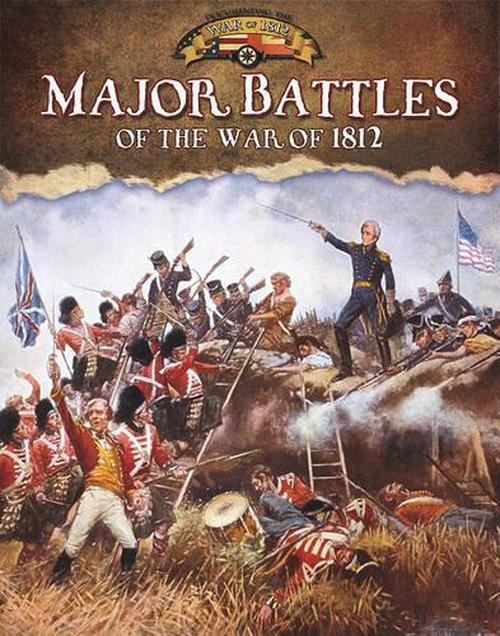
That situation left the Madison administration in a difficult position when the war began. The Congress during Jefferson’s administration did not see the necessity of building ships without a war at its doorstep. Prior to the War of 1812 the administration of Thomas Jefferson took a fiscally conservative approach to the military, resulting in a shortage of ships, material, and crew. Furthermore, the Navy had to compete with privateers to assemble crews. That involved bringing supplies from various parts of the nation far from the locations of the battles. For example, the Navy had to figure out how to build a squadron on the Great Lakes. Logistics was the foremost challenge during the conflict. Equally significant, Dudley shows the good relationships between the Secretaries of the Navy-William Jones and Paul Hamilton-and President James Madison, which helped secure financial support for the Navy to gain success against the British.

In fifteen chapters, Dudley discusses the various battles yet more importantly, he explains the personal relationships between members of the government and their associations with those who provided the equipment to the Navy.


Dudley has written a wonderful volume that analyzes the administration and logistics of the Navy during the War of 1812. Dudley focuses on the problems surrounding ship building, provisioning, recruitment, transportation of goods and men, and medical care during a time of poor financial support from the US Congress. A US Navy veteran, author, editor, and former director of the Naval Historical Center, William S.


 0 kommentar(er)
0 kommentar(er)
